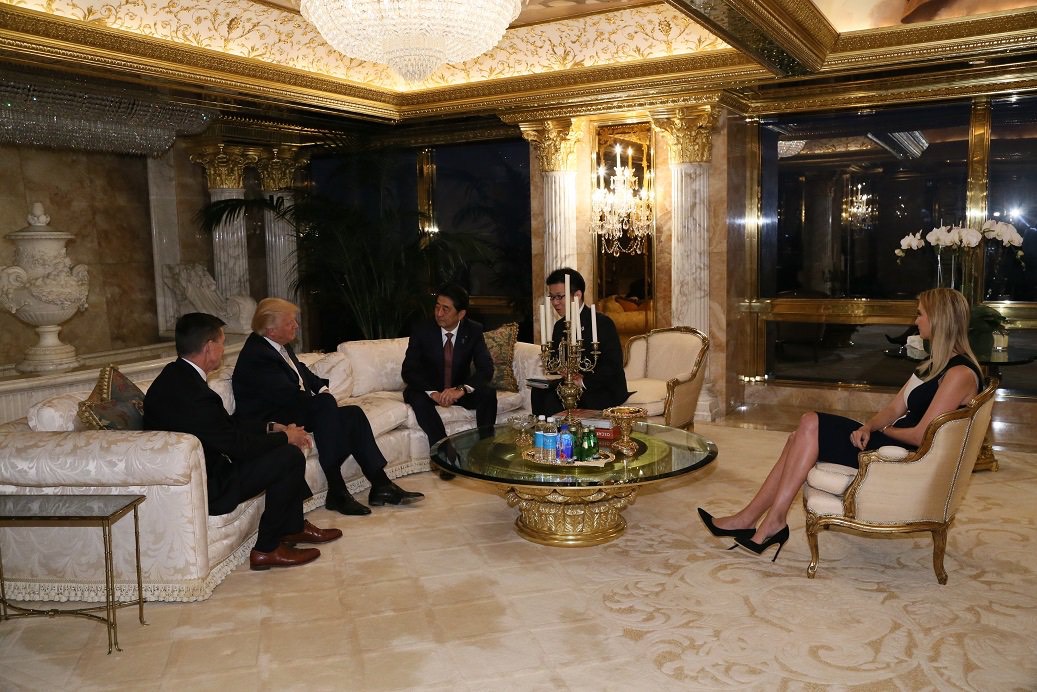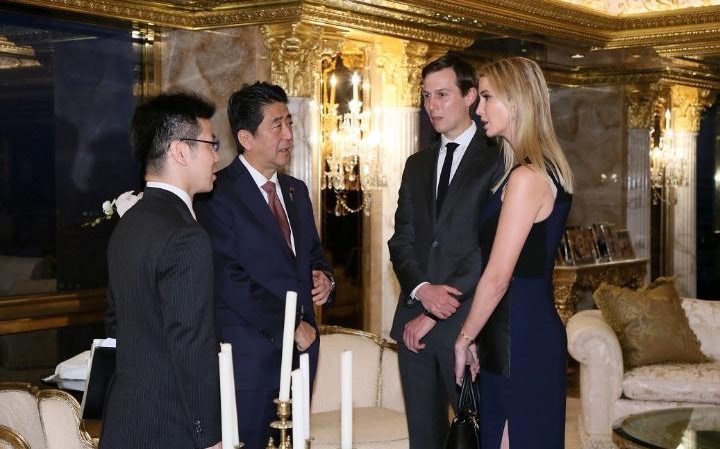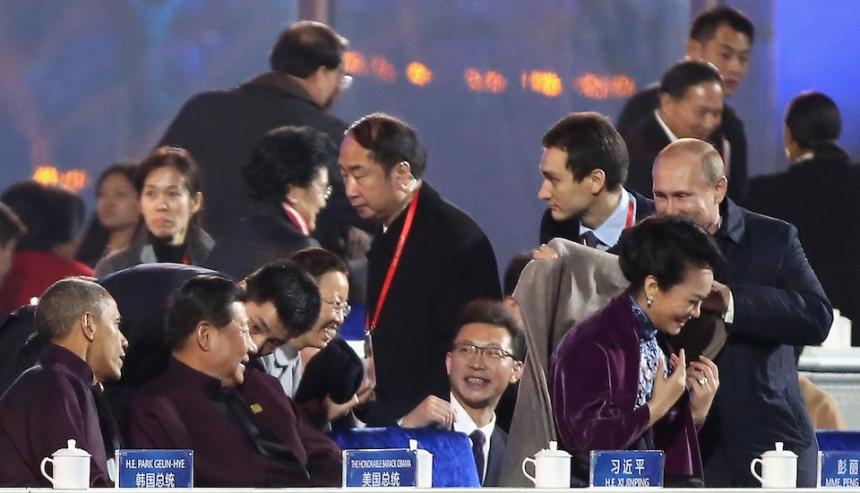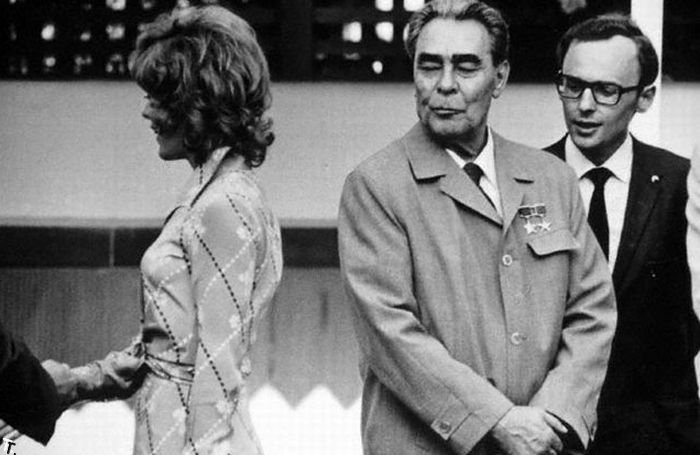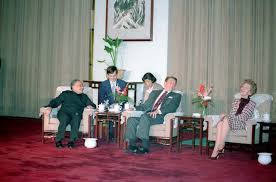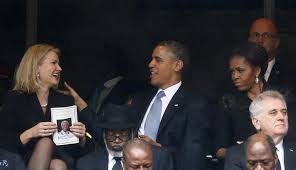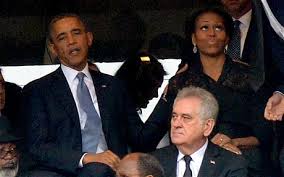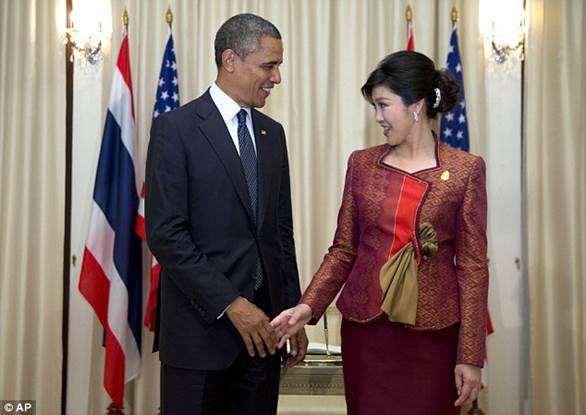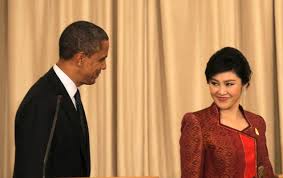I’d forgotten why I ever wanted so much to work for the Economist Group, different bits of which I toiled for for years. This week I was reminded. What a great Leader the below is. Fair but satisfyingly hard:
…
The Economist
October 29
THE COUNTRY that elected Donald Trump in 2016 was unhappy and divided. The country he is asking to re-elect him is more unhappy and more divided. After almost four years of his leadership, politics is even angrier than it was and partisanship even less constrained. Daily life is consumed by a pandemic that has registered almost 230,000 deaths amid bickering, buck-passing and lies. Much of that is Mr Trump’s doing, and his victory on November 3rd would endorse it all.
Joe Biden is not a miracle cure for what ails America. But he is a good man who would restore steadiness and civility to the White House. He is equipped to begin the long, difficult task of putting a fractured country back together again. That is why, if we had a vote, it would go to Joe.
King Donald
Mr Trump has fallen short less in his role as the head of America’s government than as the head of state. He and his administration can claim their share of political wins and losses, just like administrations before them. But as the guardian of America’s values, the conscience of the nation and America’s voice in the world, he has dismally failed to measure up to the task.
Without covid-19, Mr Trump’s policies could well have won him a second term (see first Briefing). His record at home includes tax cuts, deregulation and the appointment of benchloads of conservative judges. Before the pandemic, wages among the poorest quarter of workers were growing by 4.7% a year. Small-business confidence was near a 30-year peak. By restricting immigration, he gave his voters what they wanted. Abroad, his disruptive approach has brought some welcome change (see second Briefing). America has hammered Islamic State and brokered peace deals between Israel and a trio of Muslim countries. Some allies in NATO are at last spending more on defence. China’s government knows that the White House now recognises it as a formidable adversary.
This tally contains plenty to object to. The tax cuts were regressive. Some of the deregulation was harmful, especially to the environment. The attempt at health-care reform has been a debacle. Immigration officials cruelly separated migrant children from their parents and limits on new entrants will drain America’s vitality. On the hard problems—on North Korea and Iran, and on bringing peace to the Middle East—Mr Trump has fared no better than the Washington establishment he loves to ridicule.
However, our bigger dispute with Mr Trump is over something more fundamental. In the past four years he has repeatedly desecrated the values, principles and practices that made America a haven for its own people and a beacon to the world. Those who accuse Mr Biden of the same or worse should stop and think. Those who breezily dismiss Mr Trump’s bullying and lies as so much tweeting are ignoring the harm he has wrought.
It starts with America’s democratic culture. Tribal politics predated Mr Trump. The host of “The Apprentice” exploited it to take himself from the green room to the White House. Yet, whereas most recent presidents have seen toxic partisanship as bad for America, Mr Trump made it central to his office. He has never sought to represent the majority of Americans who did not vote for him. Faced by an outpouring of peaceful protest after the killing of George Floyd, his instinct was not to heal, but to depict it as an orgy of looting and left-wing violence—part of a pattern of stoking racial tension. Today, 40% of the electorate believes the other side is not just misguided, but evil.
The most head-spinning feature of the Trump presidency is his contempt for the truth. All politicians prevaricate, but his administration has given America “alternative facts”. Nothing Mr Trump says can be believed—including his claims that Mr Biden is corrupt. His cheerleaders in the Republican Party feel obliged to defend him regardless, as they did in an impeachment that, bar one vote, went along party lines.
Partisanship and lying undermine norms and institutions. That may sound fussy—Trump voters, after all, like his willingness to offend. But America’s system of checks and balances suffers. This president calls for his opponents to be locked up; he uses the Department of Justice to conduct vendettas; he commutes the sentences of supporters convicted of serious crimes; he gives his family plum jobs in the White House; and he offers foreign governments protection in exchange for dirt on a rival. When a president casts doubt on the integrity of an election just because it might help him win, he undermines the democracy he has sworn to defend.
Partisanship and lying also undermine policy. Look at covid-19. Mr Trump had a chance to unite his country around a well organised response—and win re-election on the back of it, as other leaders have. Instead he saw Democratic governors as rivals or scapegoats. He muzzled and belittled America’s world-class institutions, such as the Centres for Disease Control and Prevention. As so often, he sneered at science, including over masks. And, unable to see beyond his own re-election, he has continued to misrepresent the evident truth about the epidemic and its consequences. America has many of the world’s best scientists. It also has one of world’s highest covid-19 fatality rates.
Mr Trump has treated America’s allies with the same small-mindedness. Alliances magnify America’s influence in the world. The closest ones were forged during wars and, once unmade, cannot easily be put back together in peacetime. When countries that have fought alongside America look on his leadership, they struggle to recognise the place they admire.
That matters. Americans are liable both to over- and to underestimate the influence they have in the world. American military power alone cannot transform foreign countries, as the long wars in Afghanistan and Iraq proved. Yet American ideals really do serve as an example to other democracies, and to people who live in states that persecute their citizens. Mr Trump thinks ideals are for suckers. The governments of China and Russia have always seen American rhetoric about freedom as cynical cover for the belief that might is right. Tragically, under Mr Trump their suspicions have been confirmed.
Four more years of a historically bad president like Mr Trump would deepen all these harms—and more. In 2016 American voters did not know whom they were getting. Now they do. They would be voting for division and lying. They would be endorsing the trampling of norms and the shrinking of national institutions into personal fiefs. They would be ushering in climate change that threatens not only distant lands but Florida, California and America’s heartlands. They would be signalling that the champion of freedom and democracy for all should be just another big country throwing its weight around. Re-election would put a democratic seal on all the harm Mr Trump has done.
President Joe
The bar to Mr Biden being an improvement is therefore not high. He clears it easily. Much of what the left wing of the Democratic Party disliked about him in the primaries—that he is a centrist, an institutionalist, a consensus-builder—makes him an anti-Trump well-suited to repair some of the damage of the past four years. Mr Biden will not be able to end the bitter animosity that has been mounting for decades in America. But he could begin to lay down a path towards reconciliation.
Although his policies are to the left of previous administrations’, he is no revolutionary. His pledge to “build back better” would be worth $2trn-3trn, part of a boost to annual spending of about 3% of GDP. His tax rises on firms and the wealthy would be significant, but not punitive. He would seek to rebuild America’s decrepit infrastructure, give more to health and education and allow more immigration. His climate-change policy would invest in research and job-boosting technology. He is a competent administrator and a believer in process. He listens to expert advice, even when it is inconvenient. He is a multilateralist: less confrontational than Mr Trump, but more purposeful.
Wavering Republicans worry that Mr Biden, old and weak, would be a Trojan horse for the hard left. It is true that his party’s radical wing is stirring, but he and Kamala Harris, his vice-presidential pick, have both shown in the campaign that they can keep it in check. Ordinarily, voters might be advised to constrain the left by ensuring that the Senate remained in Republican hands. Not this time. A big win for the Democrats there would add to the preponderance of moderate centrists over radicals in Congress by bringing in senators like Steve Bullock in Montana or Barbara Bollier in Kansas. You would not see a lurch to the left from either of them.
A resounding Democratic victory would also benefit the Republicans. That is because a close contest would tempt them into divisive, racially polarising tactics, a dead end in a country that is growing more diverse. As anti-Trump Republicans argue, Trumpism is morally bankrupt (see Lexington). Their party needs a renaissance. Mr Trump must be soundly rejected.
In this election America faces a fateful choice. At stake is the nature of its democracy. One path leads to a fractious, personalised rule, dominated by a head of state who scorns decency and truth. The other leads to something better—something truer to what this newspaper sees as the values that originally made America an inspiration around the world.
In his first term, Mr Trump has been a destructive president. He would start his second affirmed in all his worst instincts. Mr Biden is his antithesis. Were he to be elected, success would not be guaranteed—how could it be? But he would enter the White House with the promise of the most precious gift that democracies can bestow: renewal.

